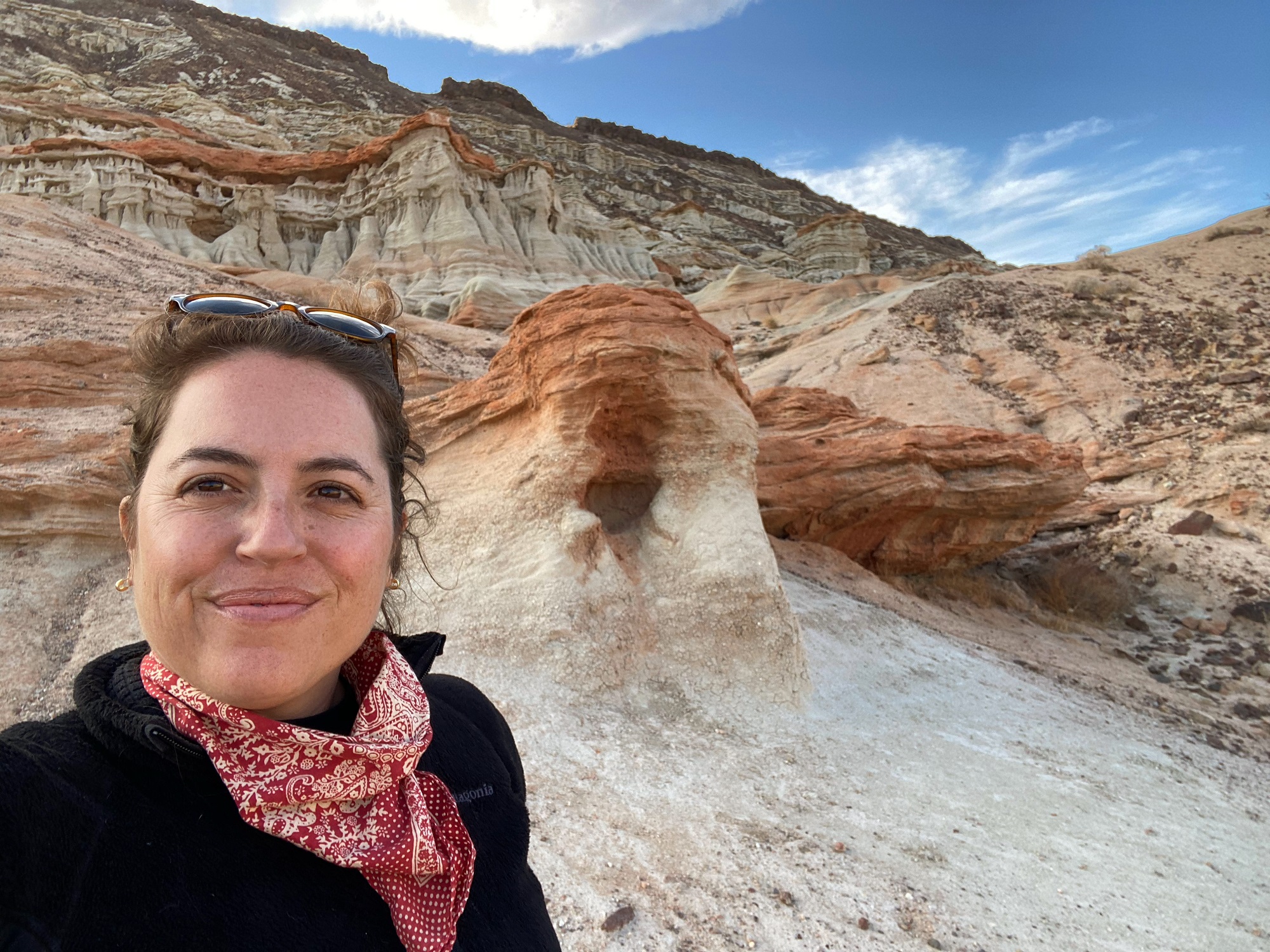This is the first part in a multi-part series. You can read other entries in the series here:
- 2030 Landscapes: Shade in LA – Rising Heat Inequity in a Sunburnt City
- 2030 Landscapes: What the Winds Say
- 2030 Landscapes: Raízes – From South Central to Pacoima
My identity as an environmentalist is as unique as my DNA. I didn’t have one profound spiritual experience on a mountaintop. Rather, my love for nature started with the sights, sounds, smells, and textures accumulated on my personal journey. Swimming in Lake Michigan with my father, paddling my first canoe in northern Wisconsin, lazy afternoons reading a book under trees in Brooklyn’s McCarren Park, bike rides on family vacations through the J. N. "Ding" Darling National Wildlife Refuge in Florida—these experiences built my connection with nature.
What cemented my activism was connecting my love for the natural world with my moral compass. I was lucky to grow up in a family of public servants, faith leaders, community advocates, and activists. As a young adult with a sense of purpose, I found myself examining the unjust things I saw in the world, and I always returned to the same story. Centuries of exploiting people and planet through colonization and chattel slavery fueled wealthy elites' drive to conquer and consume. That has led to the dual existential threats of the extinction and climate crises we face today. Furthermore, those who have been most impacted by resource extraction and unchecked development are most likely to lack access to and connection with nature that I and many others have been privileged to experience.
This realization led me to pursue the personal, professional, and political work I do today, and I see these threats—heat, drought, displacement of wildlife—bearing down on my adopted home of 15 years, California. Our state is one of the most biodiverse regions in the world, and is facing some of the most profound pressures from climate change. More than 30 percent of our species are threatened with extinction, and over a million acres of natural areas in California were lost between 2001 and 2017. Wildfires are increasingly disastrous, extreme heat events are longer and more frequent, our water supplies are under chronic stress, our coasts are being compromised by rising seas, and our people are becoming more vulnerable to negative health impacts, displacement, and other harms as the climate crisis worsens. At the same time, many communities lack access to nature and all of its physical and psychological benefits. Asian, Black, Latino and Native residents in California, as well as low-income people, face more barriers to accessing nature than do wealthier and whiter communities. It’s systemic, intergenerational environmental racism and classism.
We cannot let ourselves be overwhelmed by the challenges of protecting our state from the impacts of climate change and increasing equitable access to nature . We can work to repair these harms, but our work must be as ambitious as the scale of the challenges we face. California’s new 30x30 initiative presents us with the bold opportunity we need: It will protect 30 percent of our state’s lands and waters by 2030, and in doing so make access to nature more equitable. We are the first state in the nation—ahead of the Biden administration’s own efforts—to set this target, part of a broader global movement to tackle the climate and extinction crises by protecting at least half of our planet by 2050.
30x30 is not about locking up lands and keeping people out to achieve an acreage target—it is an opportunity to reimagine what conservation is, who it is for, and what purpose it serves. It recognizes that reversing declines in biodiversity and limiting the impacts of climate change requires transformative economic, social, political and technological changes—essentially, rebuilding our society’s relationship with nature.
That’s why our California 30x30 campaign is thrilled to launch this new series, "2030 Landscapes: Visions for California's Nature and Communities". Each month, we'll be telling the stories of California’s lands, waters, and communities through words and works of art. Achieving 30x30 will require an artful blend of science—data-driven strategies to drive conservation goals that maximize gains for biodiversity, climate, and communities—and a mass movement of people demanding we do more to protect nature. To build that movement, we need honest conversations, thought partnership, creativity, and community at the center of our work. This will be a space to uplift not only the work the Sierra Club is doing in California to achieve 30x30 and expand equitable access to nature, but also celebrate the work, perspectives, and experiences of people across California and explore the past, present, and future of conservation. Each month, we’ll feature different storytellers and artists sharing their visions of what 30x30 means to them, their communities, and the future of California. We hope you’ll follow our journey each month, and that it inspires you to share your own ideas, contributions, and hopes for how we can work together to protect our beloved wild places.
